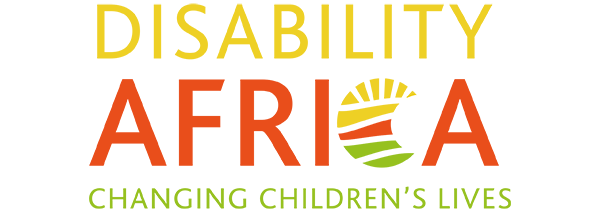It was April 2011 that Disability Africa was first conceived. So what have we done? How many schools have we built? How many clinics?
Truth be told; none - not yet.
Charities exist to help those whose situation is often in urgent need of remedy. This naturally creates a tendency to feel that we must act quickly; but a lot has been written in recent years about the way we in the wealthy North create disasters from 'knee-jerk' reactions.
Thanks to a generous grant from Coins Foundation, we were able to spend a few months defining and researching what we wanted to do - of course it helped that as a group we already have many years experience of working with disabled young people. Here's a list of some elements which experience suggested Disability Africa should tackle:
- The attitudes of the non-disabled majority - created from their lack of awareness and knowledge
- Social isolation
- Inferior access to health, education and other services
- Inferior opportunities for employment
- Inferior access to transportation
- Limited political will and resources to include disabled people in service planning
When the World Health Organisation published its World Report on Disability (download a copy) in July 2011, it turned out to completely endorse our expectations.
Seeing no point in re-inventing the wheel, we got straight down to working on specific projects in Zambia and The Gambia.
The WHO report suggests that around 15% of a community such as Kawama in Zambia or Gunjur in The Gambia will be disabled. These people - especially the children - will comprise the worst-served group in those communities. According to a BBC article in Nov 2011, estimates of disabled children in Africa attending school are around 10%. In a population of 25,000 therefore, approximately 3,750 will be disabled, and if 40% of those are of school age, 1000 young people in each of those communities will not attend school because they are disabled.
Although we do not know the exact numbers or ages or the nature of the impairments of these children, this rough calculation helps us in three ways - 1) it is quick and costs nothing 2) it indicates a significant level of need - even allowing for a wide margin of error and 3) it prompts some immediate and very practical measures to improve the lives of those disabled children. For example, a Day Centre for disabled children could serve around 1000 young people who are likely to have few choices of anywhere to go or anything to do - young people who might want an alternative and stimulating environment where they could meet new friends and staff could start to learn more about their needs. We could give their carers time to attend school or work or just have a break from caring. We can expect that many of these children will need specific services: physiotherapy, help with communication and social skills and confidence.
- Meeting with Community Leaders to gather support for local 'disability initiatives'
- Meeting and working with other local Disabled People's Organisations to assess existing provision
- Engagement and awareness-raising around disability issues within the community
- Developing a knowledge base about the numbers and needs of disabled young people
- Supporting parents of disabled young people
- Supporting teachers and pupils to make disabled children welcome in school
- Training young, unemployed people to be carers and supporters of disabled young people both in the Day Centre and as classroom assistants in school
- Developing partnerships with health services to offer preventative and other programmes such as community-based physiotherapy
This is how our Template of Inclusive Measures is being constructed. We are proud that in ten months, most of the items listed are being progressed. In both countries, we have created links with Community leaders and local Disabled People's Organisations and are now working to devise training programmes using local disabled trainers.
And the Day Centres?
We are currently in discussions in Zambia to acquire land to build, and in The Gambia, to adapt an existing building to become Day Centres for local disabled young people.
We would like to acknowledge the invaluable support of our partners in both The Gambia and Zambia : Tarud, The Marlborough Brandt Group, PEAS and Build It International.
BACK TO DISABILITY AFRICA HOME PAGE or see how you can help our work here
